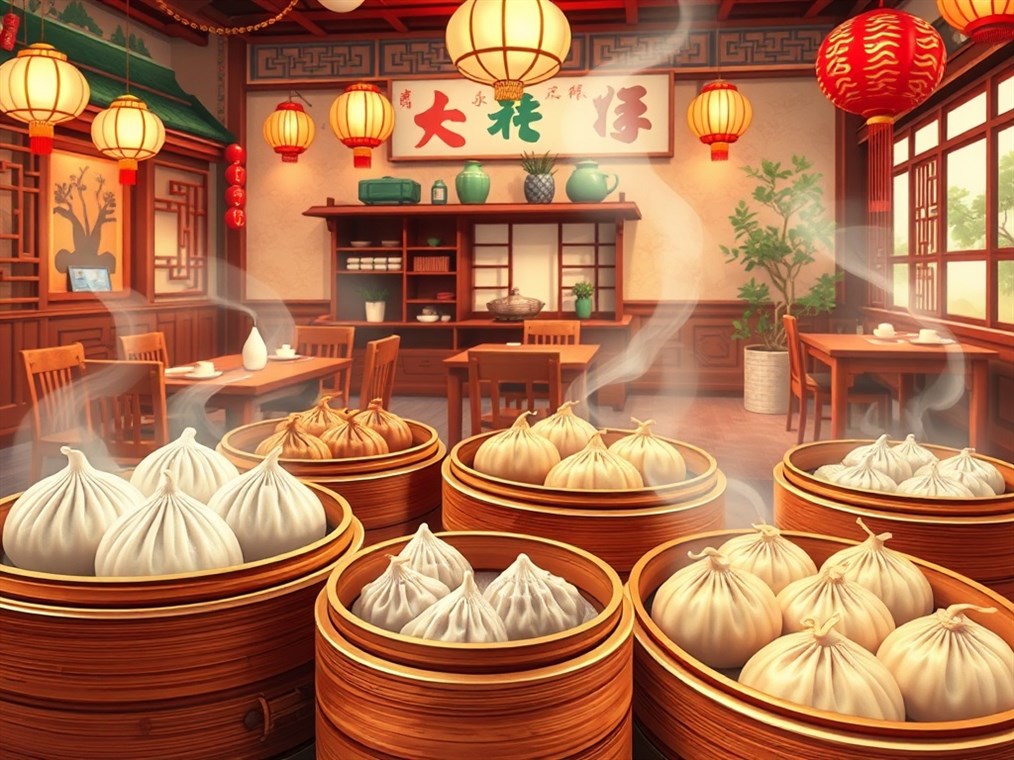Dim Sum: More Than Just a Meal, It’s a History Lesson (and a Delicious One!)
So, who invented dim sum? That’s a question that takes you down a fascinating rabbit hole of Chinese history, teahouses, and culinary evolution. It’s not like someone woke up one morning and poof, invented the har gow. The story’s a bit more nuanced than that.
Think of dim sum, which charmingly translates to “touch the heart” in Cantonese, as a collection of delightful little bites meant to be enjoyed with tea, usually for brunch. But where did this tradition come from?
Well, let’s rewind the clock over a thousand years to the Silk Road. Imagine weary travelers, dusty and tired, stopping at teahouses for a break. Back in the Jin Dynasty (that’s 265-420 AD, for those keeping score), these teahouses weren’t just serving tea. Cleverly, they realized tea helped with digestion, so they started offering small snacks on the side. These humble nibbles? The granddaddies of modern dim sum!
Fast forward to the Tang Dynasty (618-907 AD), and dim sum gets a serious upgrade. It’s not just for travelers anymore; it’s showing up in the imperial court! Emperors and their fancy officials are feasting on these bite-sized wonders, showcasing the incredible skills of the royal chefs. Talk about a glow-up!
And then there’s “yum cha” (飲茶), which literally means “to drink tea.” This Cantonese tradition is basically inseparable from dim sum. You don’t have dim sum without tea, and vice versa. It’s like peanut butter and jelly, or Netflix and chill.
But the real explosion of dim sum culture happened in Guangzhou (Canton) in the late 1800s. Remember opium dens? Yeah, those were outlawed, which meant teahouses became the place to be. And these teahouses? They weren’t just serving tea anymore. They were serving up an ever-growing array of snacks, morphing into the “yum cha” experience we know and love today. Picture this: friends chatting, business deals being struck, all over plates of steaming dim sum.
Cantonese chefs, being the culinary geniuses they are, took dim sum to the next level. They borrowed ideas from all over China, creating an insane variety of flavors, textures, and cooking styles. Seriously, the range of Cantonese dim sum is mind-boggling.
So, how did this regional delight become a global obsession? Simple: immigration. As Chinese folks spread around the world in the late 19th and early 20th centuries, they brought their food with them. Dim sum restaurants popped up in Chinatowns everywhere, from New York to San Francisco, as early as the 1920s. I can almost smell the soy sauce and steamed buns just thinking about it!
Today, dim sum is a global phenomenon, with chefs putting their own spin on it in every corner of the world. Sure, the dishes might change depending on where you are, but the heart of dim sum remains the same: sharing good food, good company, and good tea.
So, the next time you’re enjoying a plate of siu mai or har gow, take a moment to appreciate the long and delicious journey of dim sum. It’s a story of teahouses, emperors, immigration, and, most importantly, really, really good food. It’s not just a meal; it’s a culinary hug.

